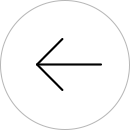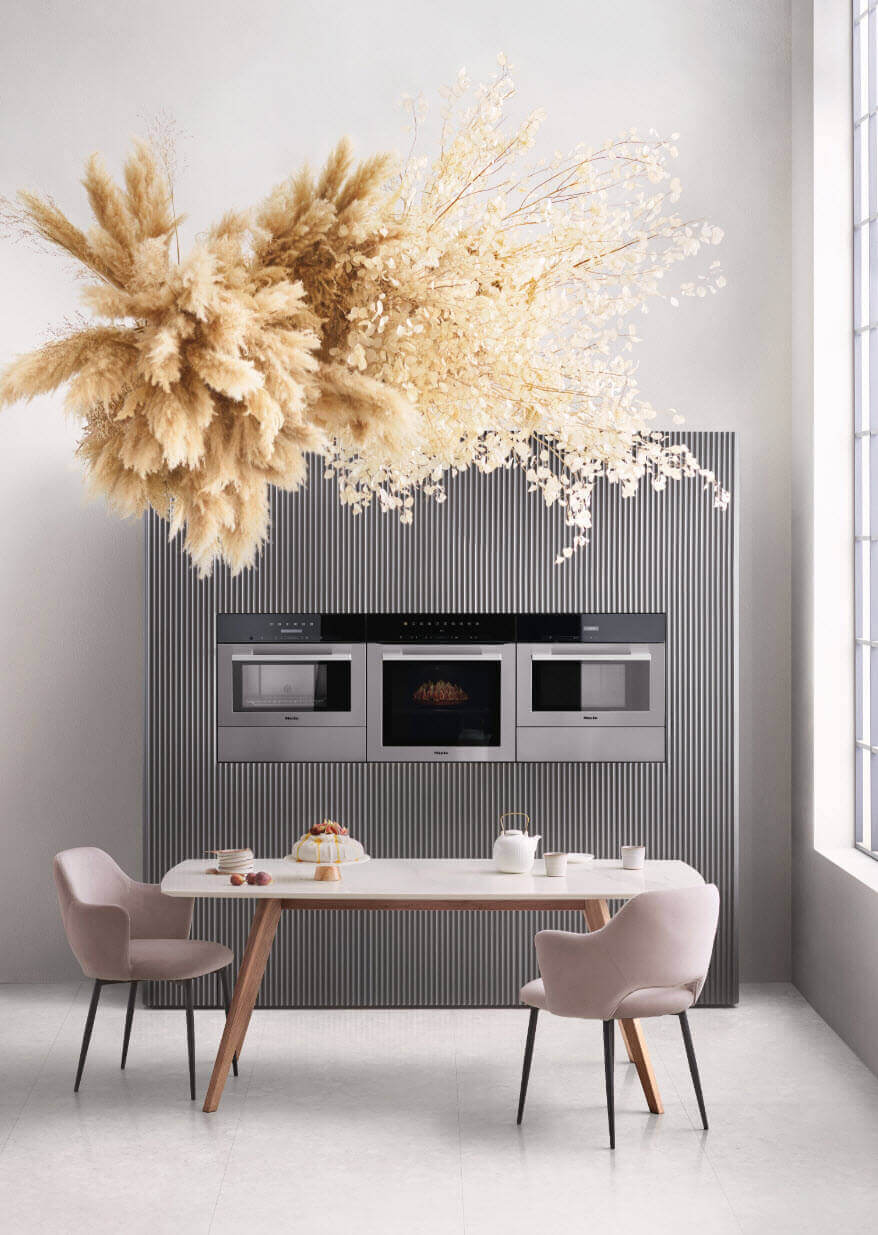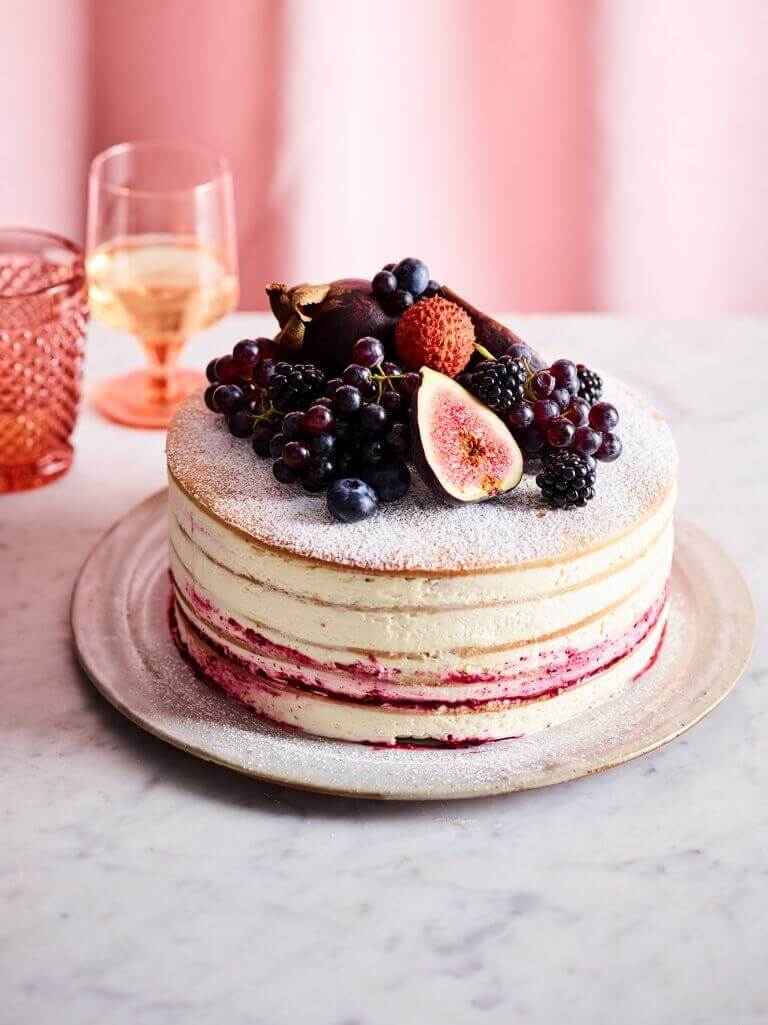How Industrial Design Made It Into Our Homes
Just as the line between work and home is becoming increasingly blurred, so too has commercial and residential interior design.
Residential design is beginning to feel more open and raw with structure and industry at the forefront, omitting ornate or creative embellishments. It celebrates sharp lines, minimalistic values and holds functionality at its core.
“Miele’s ArtLine range is an excellent example of minimal design reflecting the desire to omit needless things, pay attention to details, use neutral colours and employ space in the most effective way,” said a Miele spokesperson.

Origins of industrial design
The industrial design movement emerged in the 1700s through the architectural design of large workhouses and factories, linked to the growth of industrialisation. For reasons of efficiency and safety, they featured open floor plans, plain facades, high ceilings and flat roofs.
In recent times, these buildings have been redeployed as city living spaces where the simple and user-friendly layout acts as an antidote to our busy lives. Industrial design exposes the inner workings of a building where its structure, materials and utilities become a feature rather than being hidden away.
However, you don’t need to live in a converted space such as a gritty warehouse, factory or New York-style loft apartment to get the industrial look.
With industrial styling, you can incorporate certain elements, remembering there is room for flexibility. No one size fits all. Industrial design elements may include rustic pieces, exposed brick or timber frames, or simply using a neutral base colour palette, such as shades of grey, from light to gunmetal, and black and white accents.
“Perhaps born out of necessity, industrial design is a force that has proliferated within interior design and is shaping the spaces we live in and create today,” said the Miele spokesperson.
Minimal design
Industrial design is best blended with minimalism. The push today is to avoid having too much of anything and only having what you truly need. It’s evident in our day to day lives and possessions, and links directly to the interior design of our homes and work spaces.
The concept of minimal design is to strip down everything to its essential with a heavy focus on aesthetics and usability.
“Minimal design encourages purpose and functionality. The desire to enable efficient working practices through industrial design still applies today. In kitchens and work spaces it is about clean, clear and uncluttered design that leads the way to simple and elegant results,” said the spokesperson for Miele Australia.

Some iconic examples
Industrial and minimalist design is all around us. Two examples include the Rose Seidler House in Sydney and the Gottlieb House in Melbourne.
The Rose Seidler house, built between 1948 and 1950, is nestled in Sydney’s upper north shore bushland suburb of Wahroonga. This house is a classic piece of minimalist style incorporating modernist features of open plan, flat roof and minimal colour scheme.
The Gottlieb House, designed and built between 1990 and 1994, is located in the Melbourne suburb of Caulfield. From the outside this home appears as a bunker with no windows, concrete walls and a metallic-like façade. The interior is open plan with large entertaining spaces and minimalism.
Miele’s ArtLine range
The minimalist movement has proliferated within interior design and this can clearly be seen with Miele’s ArtLine range. Launching in Australia in March 2017, Miele ArtLine is minimalism at its best.
The ArtLine range of integrated kitchen appliances is completely handleless. It blends seamlessly with flush furniture fronts where kitchens and living rooms merge with a clear, pure design statement.
The collection interprets the concept of full appliance integration in a whole new way – available in Miele’s new graphite grey or obsidian black.

Click here to learn more about Miele ArtLine.





